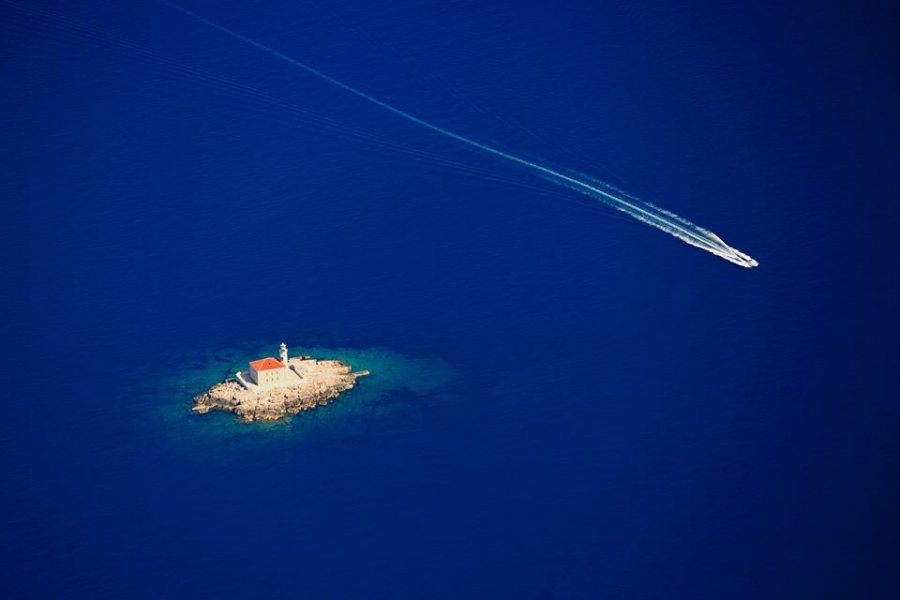August 8, 2023 – Is Croatia expensive? Talk of prices has dominated this summer. Taking a closer look with a tour of Manchester, Zagreb and Dalmatia.
Over a decade ago, just as I was starting the Total Hvar blog, there was an article in the media about 6 Russians who had had lunch at luxury fish restaurant Gariful in Hvar Town.
The bill was in the region of 30,000 euro, and the Russians left very happy.
While there was plenty of comment in the Croatian media about such an excessive bill, few bothered to take a deeper look at the bill, which included rare bottles of vintage clarets, Champagnes, and 1982 Sauternes Bordeaux dessert wine. Wines which would cost a pretty penny in any restaurant, and almost totally unavailable elsewhere on the Adriatic coast.
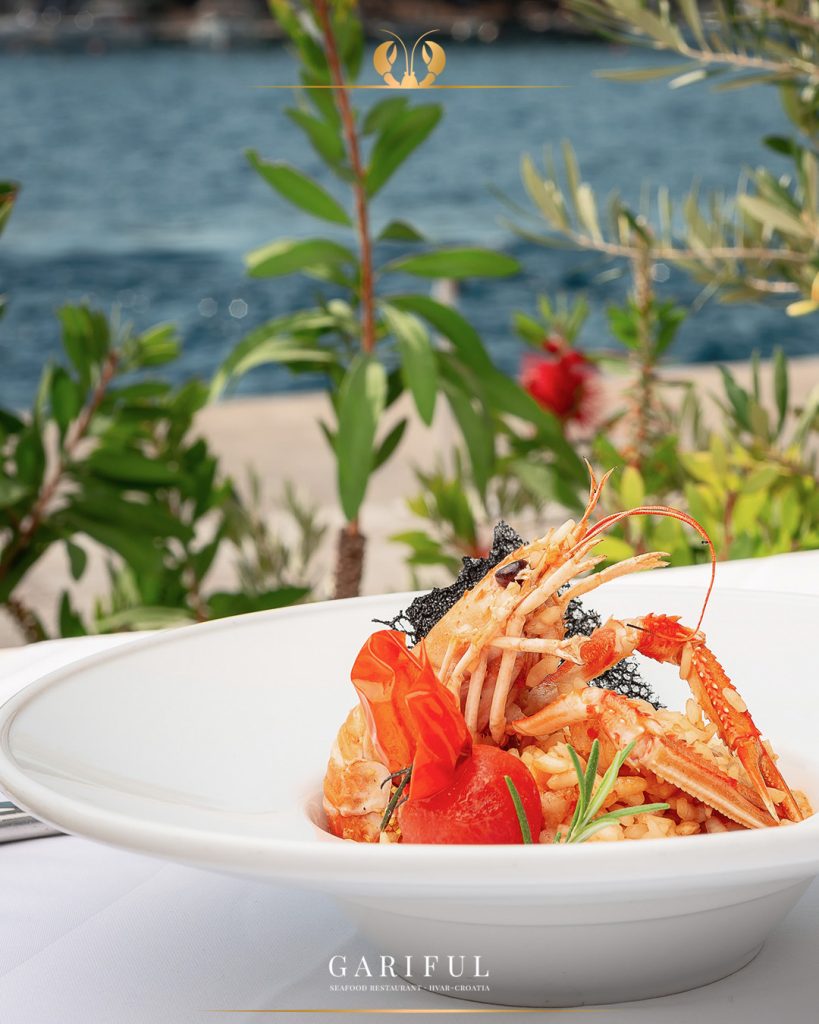
A few weeks later, I had lunch with the Gariful owner, Ivan Gospodnetic, and he told me he was happy with the media coverage. Those who were complaining were never going to eat at his restaurant, but the media hype of such an extensive wine range brought in more high-paying customers who were happy to pay for an otherwise unavailable service.
He told me of one customer who liked a particular brand of pink champagne, served in a 6-litre bottle. He made sure he always had some 6-litre bottles in stock, and the customer’s yacht was a regular each summer.
Expensive? Sure, especially to you and me. But value to the customer? Absolutely.
On the same premier island of Hvar, last week we covered the story of Nook restaurant in Stari Grad, serving coffee for just one euro. Expensive? Not at all. Value? Absolutely – as well as great marketing.
And somewhere between that 1 euro coffee and 30,000 euro lunch is the rest of Croatian pricing, which this year has made huge headlines for being incredibly expensive.
Higher prices were of course to be expected. Inflation is a global issue, higher fuel prices, the arrival of the euro are all legitimate factors. But there has also been the accusation that tourist businesses are putting up prices just because they can, without adding the main thing required for customer satisfaction – value.
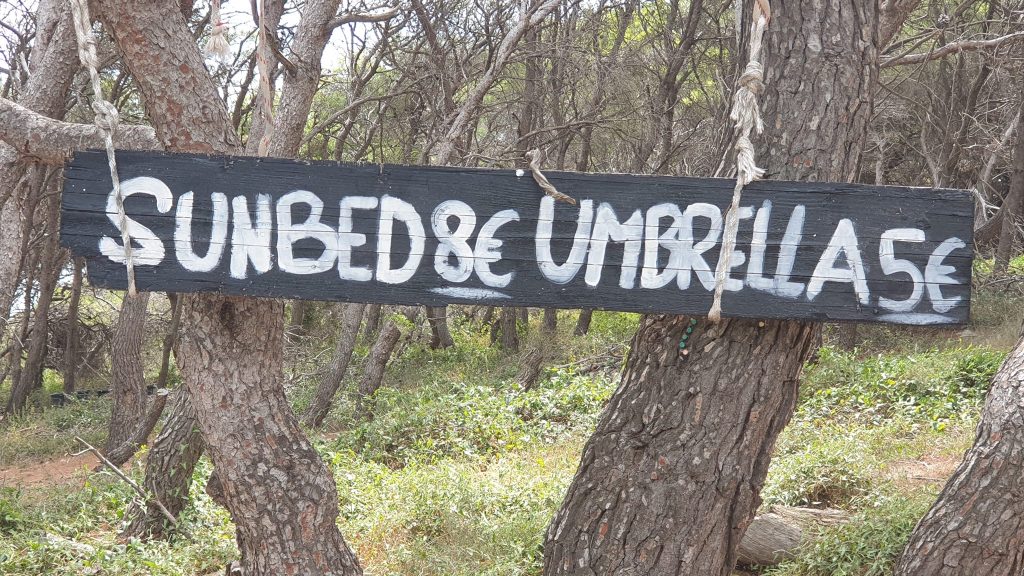
There have been the headline prices. Some 40 euro for a sunbed rental in Hvar Town (but no mention of the one, for example, for 8 euro) that I found in idyllic Jerolim on the Pakleni Islands opposite Hvar Town. I have seen a pizza for 20 euro in Jelsa, stories of ice cream for 5 euro a scoop of ice cream, and beer prices which have doubled in some places in the last four years.
All these things are true and fairly well documented, and there is no denying that Croatia HAS got more expensive (can you name a country which hasn’t?). Not everywhere, and the 40 euro sunbed is the exception, rather than the rule, as is that 30,000 euro lunch. But has it gotten too expensive overall, and is this the situation across the board?
In some ways, this is a watershed year for Croatia, and it finds itself at a crossroads. Not only has it not been benefitting from the misfortune of other destinations – Arab revolutions, flight-dependent destinations during COVID etc. – but there are also new kids on the block challenging Croatia’s traditional sun and sea tourism.
Albania, Well and Truly in from the Tourism Cold
Nothing has made me smile more in the last 12 months than the number of people raving about Albania, from digital nomads to sun seekers. I wrote an article on LinkedIn almost a year ago entitled It is Time to Talk about Albania, a country I know well from my frequent visits over the last 20 years.
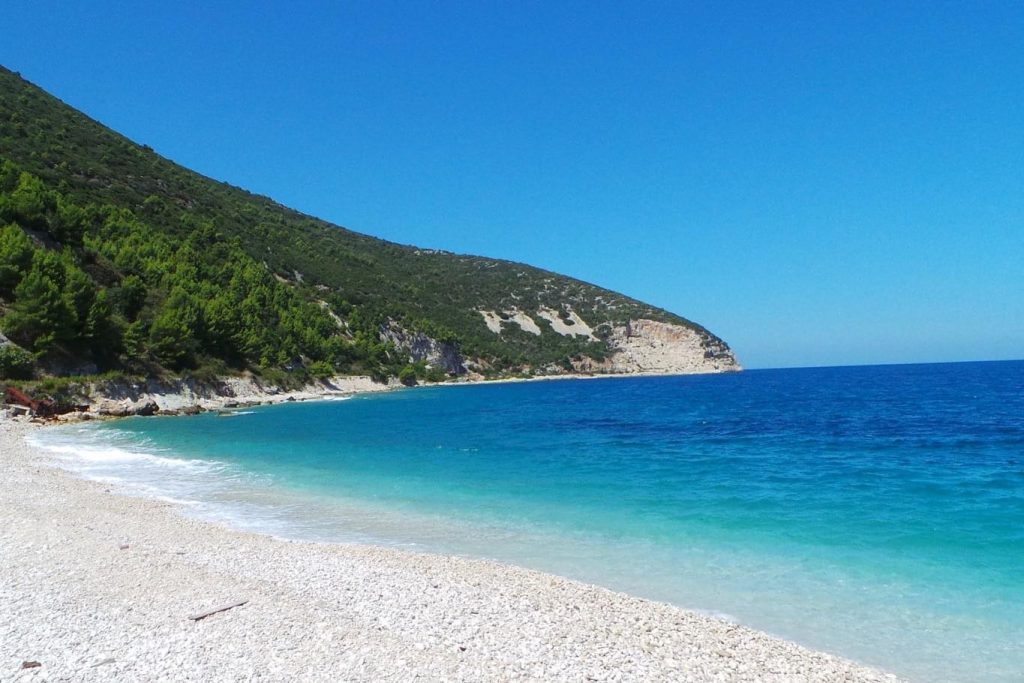
Croatia versus Albania as a sun and sea destination? It is the same sea, and the beaches in Albania are arguably better in some cases (especially as many foreign tourists prefer sandy beaches). Croatia has much better infrastructure and connectivity, but the latter is changing with the low-cost airlines now adding Albania to their networks. And there is also the option of Corfu and the catamaran across to Saranda.
With the core draws of sun, sea and beach similar, price comes into the equation. Albania is CHEAP, and there have been countless price comparisons between some Croatian restaurants selling calamari for much higher prices than in Albania – just one example of a dish which is identical in both countries on the coast. And accommodation is considerably cheaper.
Accidental Tourism and Benefitting from the Competition’s Bad Luck
I asked a friend of mine and longterm resident in Croatia, Burak Canboy, for his thoughts on how tourism is developing – he summed up the last few years quite nicely:
“Croatia has been able to surf a great wave of the global crisis that brought big numbers of tourists to Croatia that otherwise would have gone elsewhere.
This started with the Arab tourist locations of Egypt, Tunisia, etc. becoming dangerous during the Arab Spring uprisings in the early years of 2010s. Additionally, a lot of northern European tourists started to boycott vacations in Greece, Italy and Spain during the Euro crisis pretty much around that same time. Croatia was a good alternative.
When the inner European travels started to pick up again, the 2018 Fridays for Future movement started to shed a bad light on flights, so people decided to pick closer locations, again to the benefit of Croatia.
Then Corona became a completely new thing with Croatia basically creating a whole agenda with what appeared to be fake numbers published by the authorities to build a calendar around tourism which again allowed more tourism to Croatia than to other places.
The smart move to allow a digital nomad visa actually came with an unexpected extra that a lot of people chose their work from home time during Corona to do that in Croatia. Paired with a weak dollar exchange rate, now a lot of Americans and non-European tourists decided to give Croatia a try and even used the chance to buy property here.
During these 15 years however, Croatia (with the exception of Istria and Zagreb) has gone on in its own relaxed tempo and not done much to offer additional unique travel experience.”
Istria and Zagreb – More Focus on Value?
It is easy to tar all Croatian destinations with one brush, which is a mistake, because Croatia is a very diverse place, and its tourism products vary widely. Thinking about it, the majority of price complaints this year seem to be coming from central and southern Dalmatia, with relatively little from elsewhere.
Having lived in Dalmatia for 13 years, I am quite au fait with the prices there, as well as any perceived increase in quality. Split has definitely become more expensive in the last 12 months, but not in all cases. I was able to find a large beer with sea view inside the palace for 3 euro, with a filling main course lunch for 10 euro.
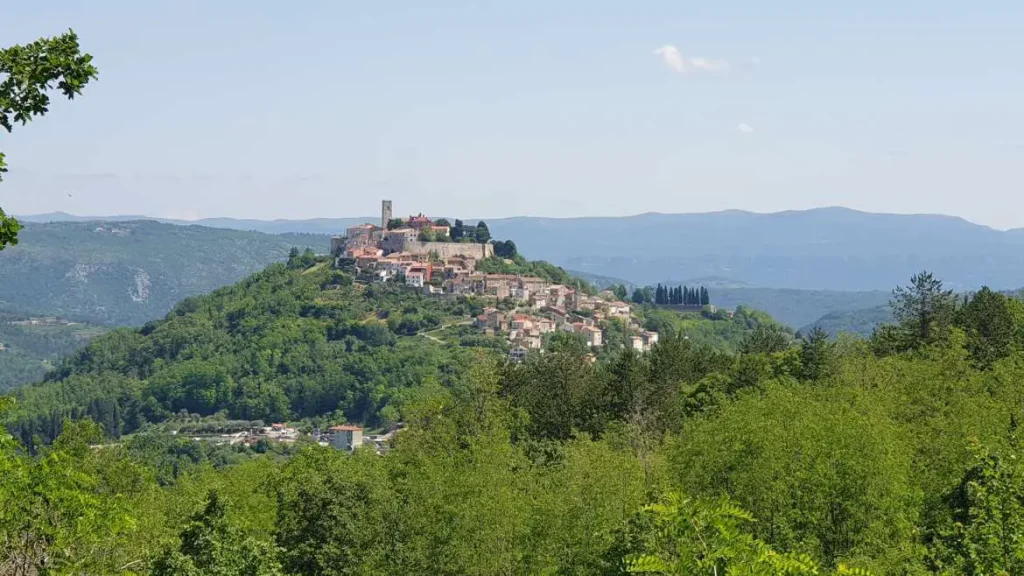
I had an excellent week in Istria in late May with the Istrian Tourist Board, where I discovered inland Istria in depth for the first time after many years of passing visits. It was quite an education, as I wrote in my comprehensive Inland Istria: Croatian Tourism’s Greatest Success Story.
It wasn’t cheap, but one could feel an increase in quality and service. Probably the best indicator of that was the statistic provided by the Istrian Tourist Board. Inland Istria has little tourism 30 years ago, with mass tourism on the coast providing the majority of the Istrian offer. In the last 3 decades, there has been a concerted effort to develop inland Istria as a luxury gourmet and activity destination. And it is working. Last year, the average coastal occupancy was 90 days with a room rate of 85 euro. By contrast, inland Istria, the new tourism kid on the peninsula block, was getting 290 euro, with 120 days occupancy.
Zagreb to me feels like a destination at peace with its tourism, a city which can exist without tourism, but peacefully exists with the rising number of tourists. When I compare prices with the coast, I find one more reason why I decided to spend all my future summers in Zagreb. Read more in Why I Spend My Croatian Summers in Zagreb These Days.
And Don’t Forget Slavonia
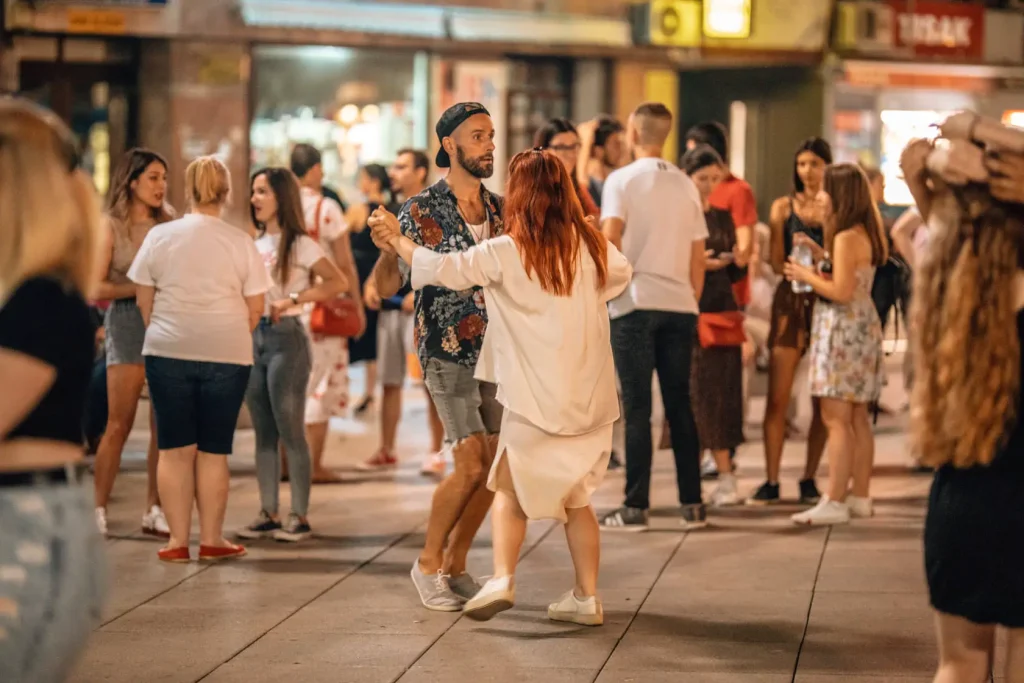
And when we talk about prices and about value, there should be a large section devoted to Croatia’s most underrated and most affordable – and most hospitable – destination. Slavonia and eastern Croatia are magical, a fraction of the price of the coast, and with the heartiest of welcomes to accompany the nature, culture and outstanding gastronomic offer. I think it is true to say that I have never heard of a tourist visiting Slavonia and returning disappointed. The same cannot be true elsewhere in Croatia. Want to see what Slavonia has to offer? Check out Time to Tell the Truth about Slavonia, Full of Life.
Dubrovnik – Better Feedback from Forums
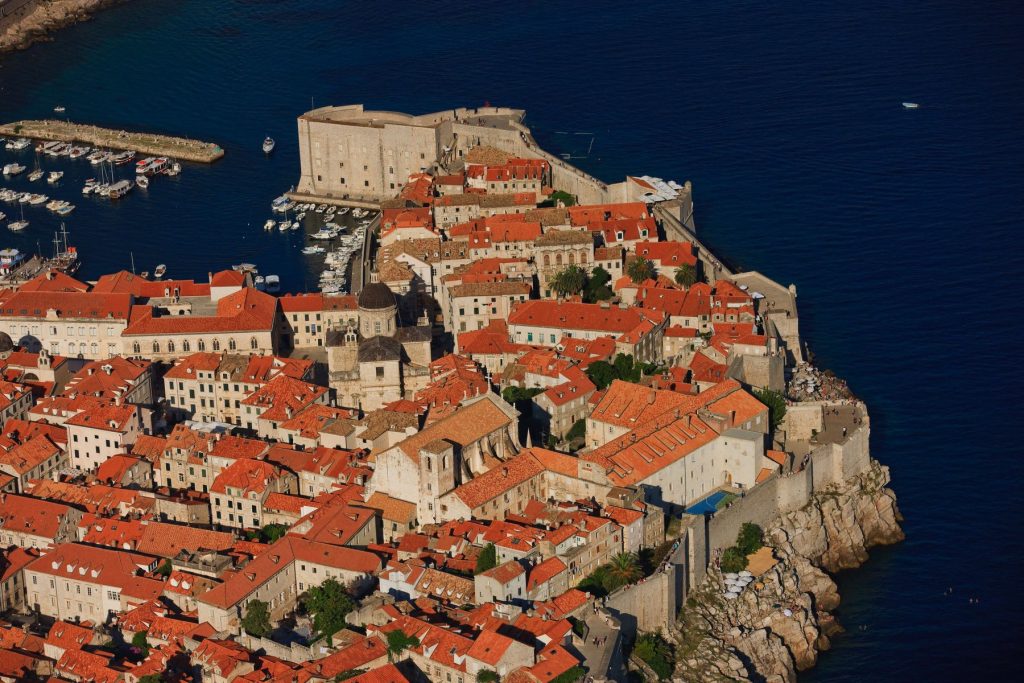
Talking to people on the ground, as I did last week, has been instructive. I had been expecting to hear lots of stories complaining about the prices when I caught up with a friend of mine who runs travel forums for both Split and Dubrovnik which have over 30,000 followers each, and which are good barometers for current feedback. She surprised me by telling me that while Split is having a difficult season (one should bear in mind that Split’s tourism has grown exponentially and without strategy since it was known simply as the Gateway to the Islands just a decade ago), the feedback was much more positive about Dubrovnik. Yes, Dubrovnik was not cheap, but more and more comments were appreciative of those two essentials for successful tourism – service and value.
And not all who visited the Dalmatian coast felt the higher prices. Friends of mine from Zagreb who spent their traditional week in Makarska did not notice any discernible difference from last year.
Not All Dalmatian 2023 Stories are the Same
A lot of people I met complained that the coast was a lot emptier than last year, and that those tourists who did come were not spending. It certainly seemed a lot emptier to me, particularly in Jelsa, where the cafe traffic resembled that of March rather than peak season at times. But, according to those beloved official statistics, tourism in Jelsa in July was up 7% on last year.
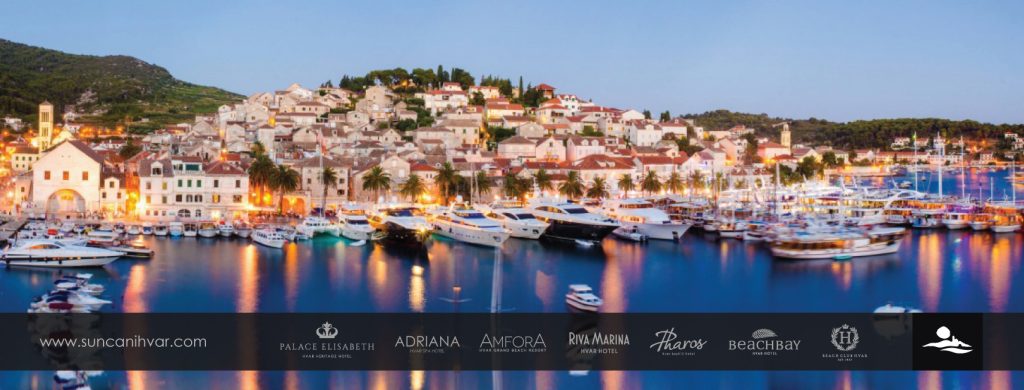
And there was some encouraging news from Hvar Town, where the team from Suncani Hvar had not only met their entire 2023 target before the end of July, but they had had significant rises in key (and higher-spending) markets. American tourists were up 47% on last year in their hotels, followed by Brazilian and Canadians. Indeed, for the first time, Americans were the number one guests in their numerous Hvar hotels, followed by UK (although falling numbers), and Croatia.
There are a number of similar success stories. The biggest problem I think is that there is now an oversupply of accommodation and renters just assume that they can increase prices at will.
What to Do with 1 Million Private Beds for Rent?
Croatia’s lack of tourism strategy is perhaps best exemplified in the rise in the number of private beds, which grew as follows between 1990 and 2018, according to official statistics:
1990 Private accommodation beds – 264,092
2010 Private accommodation beds – 428,464
2018 Private accommodation beds – 800,108
And while the private beds tripled from 1990-2018 (and another 300,000 have been added in the last 6 years), hotel beds actually went down by 9% from 1990 to 2018.
Someone is giving permits for more private beds in tourism. Does this fit the strategy of sustainable tourism we hear so much about?
With more of these beds on coastal resorts where the main offer is sun and sea, a price-sensitive segment of the market, Croatia has some thinking to do when looking at the competition.
And with a maximum of 20 million tourists a year and the average stay of less than a week per destination, even if the hotels and campsites were empty, 20 million tourists in 1 million private beds is heading for oversupply, if not there already. Watch this space for news of more private beds added for 2024.
Numbers, Numbers, Numbers: the Croatian Sustainable Tourism Mantra
These are interesting times for Croatian tourism – and challenging ones too. One of the things I have noticed over the years has been the messaging during the season and outside of the season. Outside the season, we hear phrases such as sustainable tourism, extending the season, focusing on elite tourism.
And during the season, all we hear is numbers, numbers, numbers. Record number of overnights, 7% increase on another record year. Without any clear strategy, it seems that having more and more tourists is a key sign of success, whereas the environmental degradation and insufficient infrastructure to deal with the onslaught is never mentioned.
If we are really moving to sustainable and more elite tourism, why are we adding 60,000 new tourism beds each year?
The Manchester Dalmatia Zagreb Beer Comparison
Back to the pricing. As I rarely leave the region, I am a little out of touch with prices back in the UK and elsewhere. A family emergency necessitated a return to Manchester last month, where I was shocked to find myself paying between £4.50 and £5.50 for a pint. And UK friends in the south were asking where I found such a cheap pint, with £7 the norm in London. Ouch!
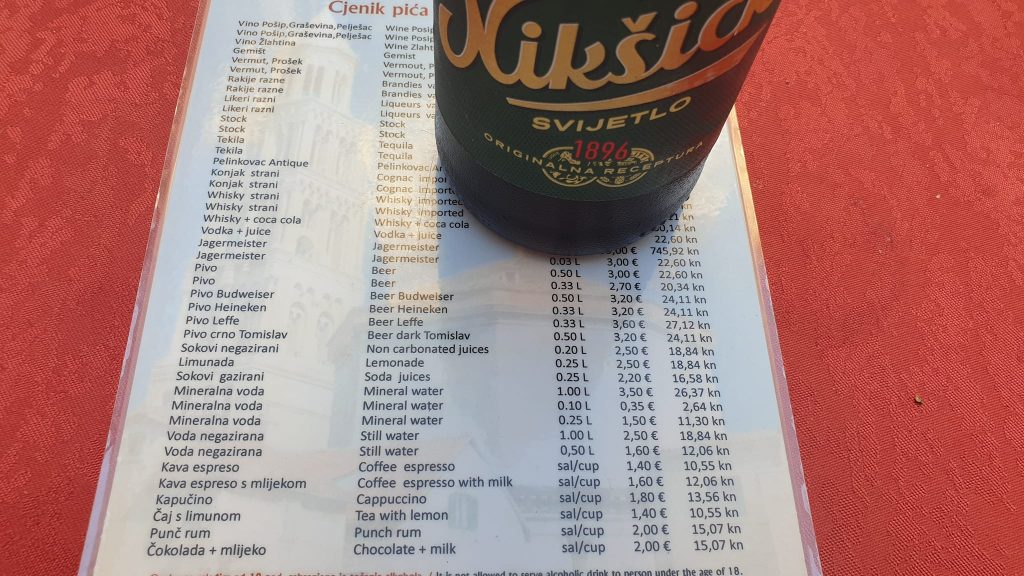
Compared to that, even the expensive parts of Croatia are cheap. But I guess a large segment of the cheaper tourism is looking for the cheapest possible beer prices. I found 4 euro about average for 0.5l in Split and on Hvar, much cheaper than Manchester, but perhaps not as cheap as guests are seeking.

The cheapest I found on Hvar was 2.50 euro in Jelsa (a Facebook post that got 1.5 million engagements and was all over the Croatian media) and 3 euro in central Split. More than reasonable prices for a top tourist destination. But these prices were in the minority.
And then I returned to my local in the historic part of central Zagreb. A mere 2.50 euro for a half-litre – pretty competitive for the centre of an EU capital. How much is a large beer in the centre of your capital city? And a quick aside for my local – Crni Macak on Mesnicka – they were the only bar I found who actually reduced the price of a beer with the introduction of the euro back in January. Is Croatia expensive? It can be, but certainly not in all cases.
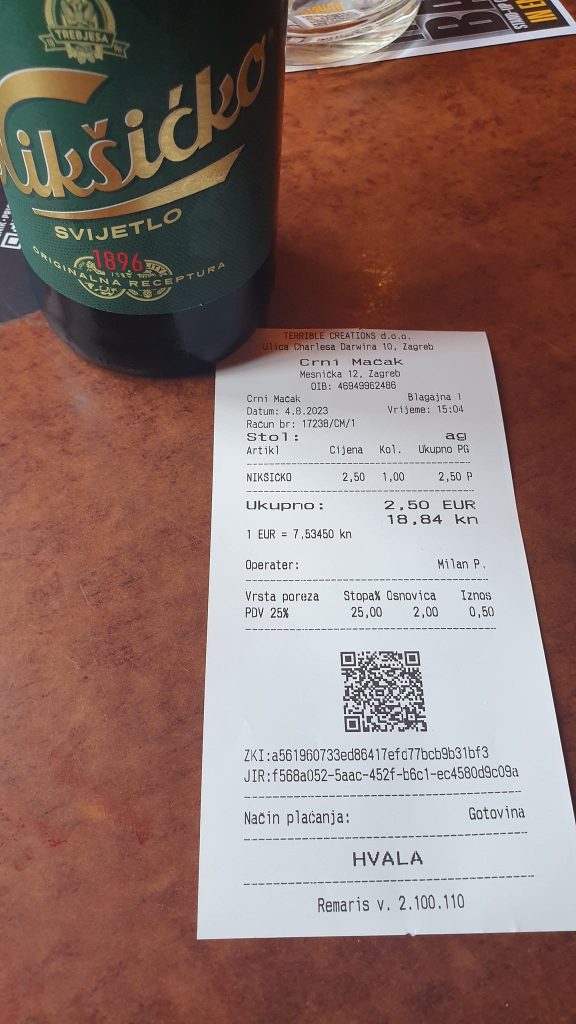
And What about the Locals? It is Their Sea Too -Tko To More Platit
One important group of people who are often excluded from the conversation ‘is Croatia expensive?’ are the locals. If prices have risen on the coast, then it is fairly certain that salaries – already low – have not followed suit.
It is true that about a million Croats live on the coast, so they have access to the sea, that many more have holiday homes on the coast, and there are the 200,000 who have enough to go skiing internationally each year and so can afford the Croatian coasts. But for the rest, a summer holiday on the Croatian coast is a dream these days, when it used to be almost part of the routine in the cheaper times of former Yugoslavia, where many companies and factories had their hotel complexes for the use of their workers at reduced rates.
No longer. And increasingly, the answer to the famous Croatian phrase when looking at the beauty of the coast – Tko to more platit? – Priceless, but with its more literal meaning, who could pay for this? – the answer is less and less locals.
Croatian Tourism Future: Expensive Mass Tourism or Luxury Value?
Some locals will tell you with pride that Croatia should be an expensive destination. And I have no problem with that if it comes with service and value, as noted above. Others say that it is wrong that they have been priced out of going to their own seaside, and I have met several who have gone to Albania this year for a much cheaper deal, including flight.
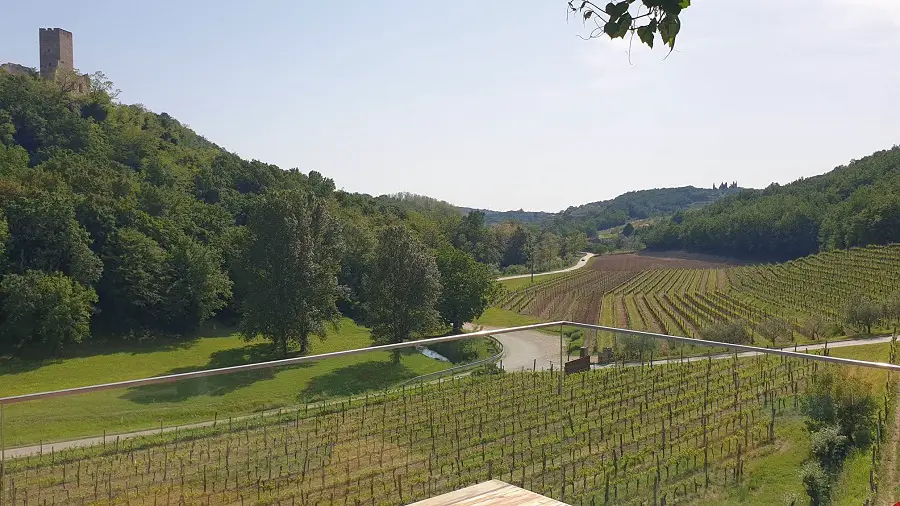
I think there will be a little bit of soul-searching when analysing the pricing of the 2023 season, and I think many will reflect that either the prices have to come down and/or the quality increase. But not all. I fully expect to be reading stories of the 50 euro sun loungers next summer.
If Croatia is serious about its move to sustainable tourism and moving towards more elite tourism, then some of the negatives of this season are no bad thing. I personally don’t think this cramming of millions into peak season beaches is in any way sustainable. Croatia has SO much more to offer.
Personally I would like to see Croatia adopt an approach and image that reflects the highly effective Stella Artois slogan – Reassuringly Expensive. Quality tourism with quality service for quality guests. With accessibility to the market for locals. And an end to numbers, numbers, numbers. In that way, the debate of ‘is Croatia expensive’ will give way to Croatia and its ranking as a quality tourism destination.
Which, with the right management and strategy, it most certainly is.

